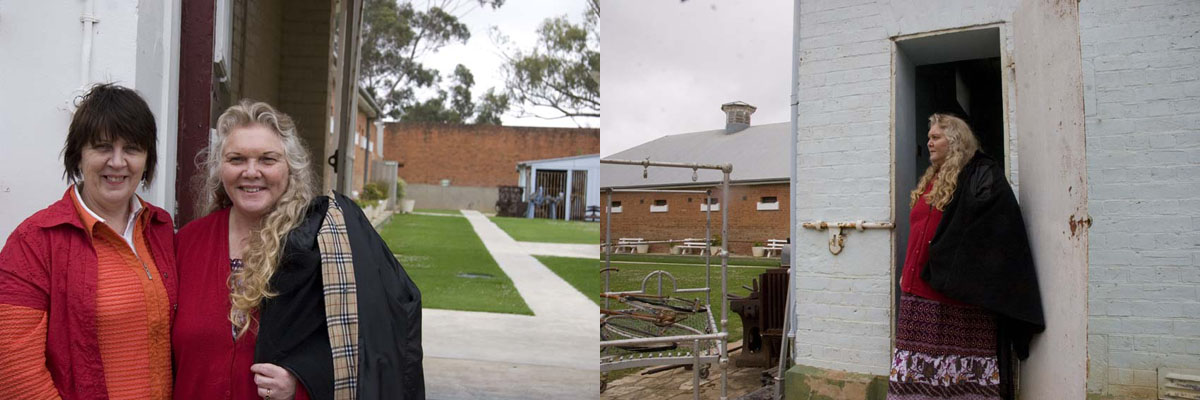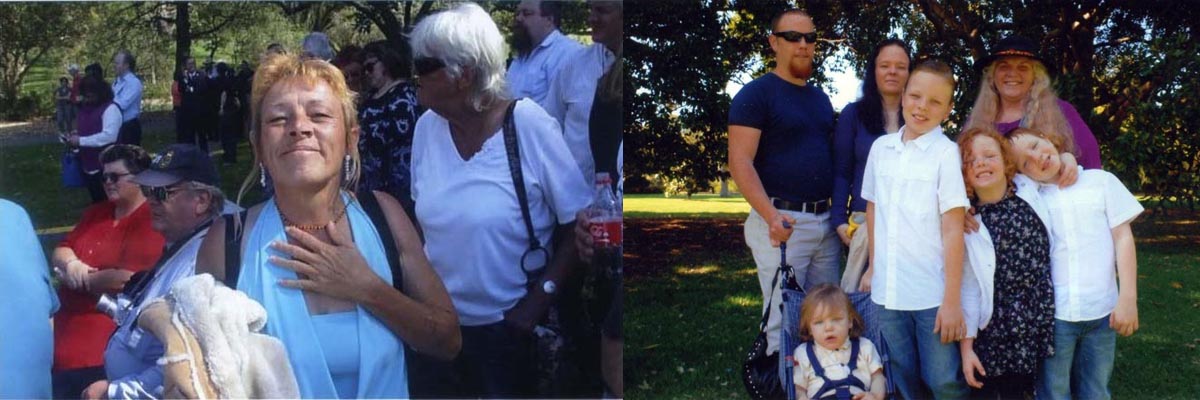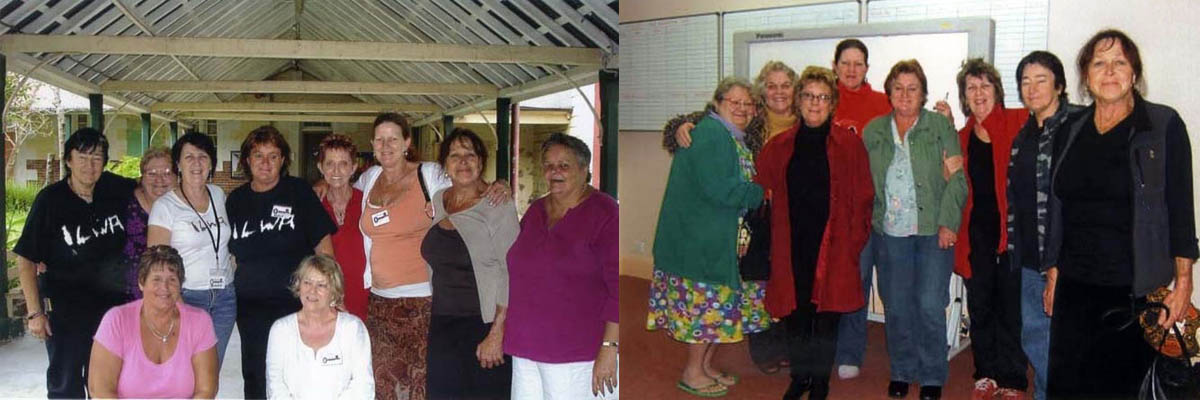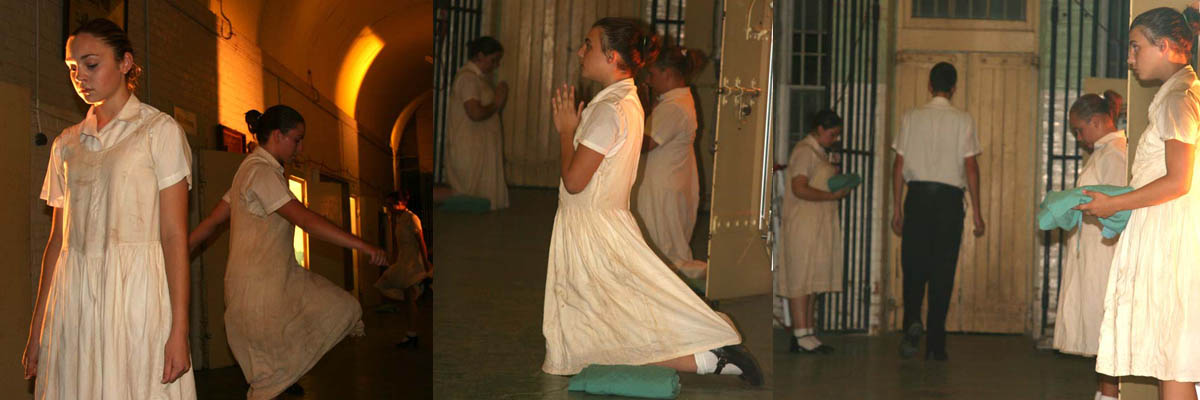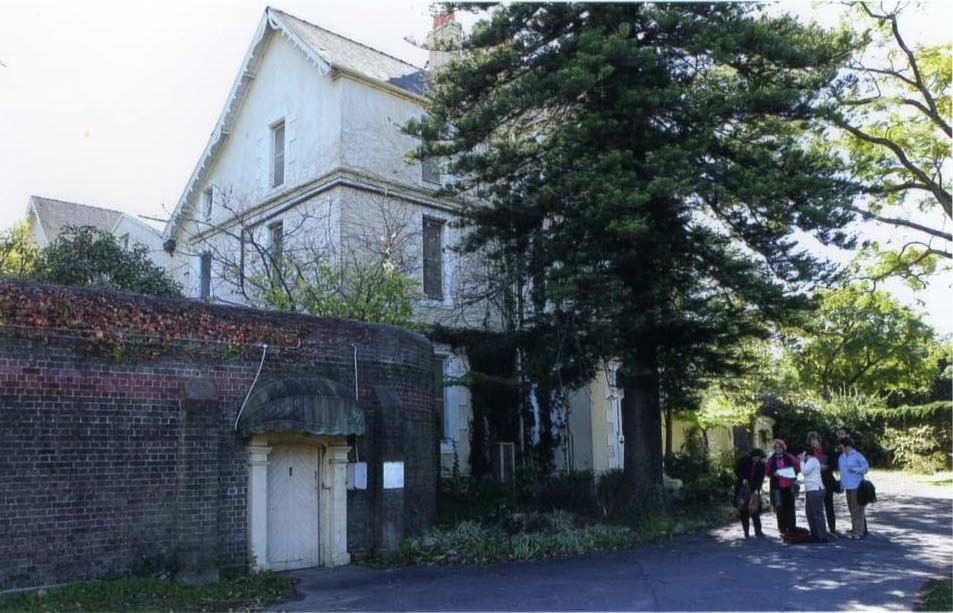| 2023 | |||
| All American Day 22nd January 2023 |
|||
| 2022 | |||
| Xmas in July 30th July 2022 |
Muscle Cars on the Murray 9th August 2022 |
||
| 2019 | |||
| Muscle Cars on the Murray 24th June 2019 |
|||
| 2018 | |||
| AMCCA Christmas Party 12th December 2018 |
Baybreeze Brekky 30th September 2018 |
Towradgi Show n Shine 9th September 2018 |
Lunch - Nepean 22nd July 2018 |
| 2017 | |||
| Baybreeze Cafe 17th November 2017 |
AMCCA @ Towradgi 24th September 2017 |
Lugarno Fair 17th September 2017 |
Peppercorn Cafe 27th August 2017 |
| Christmas in July 30th July 2017 |
Paceway Cars 9th July 2017 |
The Grange 1st July 2017 |
Rattle n Hum June 2017 |
| Paceway Cars 9th June 2017 |
Leichhardt Long Lunch 4th June 2017 |
||
| Murray Weekend 18-20 May 2018 |
|||
| Murray Weekend 18-20 May 2018 |
|||
| Murray Weekend 18-20 May 2018 |
|||
| Murray Weekend 18-20 May 2018 |
The Life Of Riley
 Christina Green is my name today through marriage and my maiden name is Riley and this is about a small toddler myself as a three year old. I was born of Aboriginal and European decent I am of the first people of this land the true care-takers I am of the Wiradjuri tribe my mob live around the Wellington and Dubbo region and growing up in an era of the stolen Generation, this being after the invasion of white settles and the "White Australian Policy" in which children were taken from their parents for their own good.
Christina Green is my name today through marriage and my maiden name is Riley and this is about a small toddler myself as a three year old. I was born of Aboriginal and European decent I am of the first people of this land the true care-takers I am of the Wiradjuri tribe my mob live around the Wellington and Dubbo region and growing up in an era of the stolen Generation, this being after the invasion of white settles and the "White Australian Policy" in which children were taken from their parents for their own good.
Read my Autobiography ->>>
 My life was a living nightmare sleepless nights, continual flash-backs, low self esteem, and my mind was always questioning right from wrong in everything I did. I was sick of making mistakes, and sick of feeling confused. One day at the news agent store I came across a spiritual enlightenment magazine with an interesting headline on “Astrology the Stars and your Destiny;” I brought it instantly hoping to get something from it that would up-lift me. As I was reading I came across a few articles on Fortune-Telling, explaining their expertise their price range and phone numbers to make an appointment. I felt a bit scared and bit silly but at the same time, I was fully aware that some human-beings are gifted in this area, and I was just so anxious to get help in anyway, some way that would guild me in a better direction in my life.
My life was a living nightmare sleepless nights, continual flash-backs, low self esteem, and my mind was always questioning right from wrong in everything I did. I was sick of making mistakes, and sick of feeling confused. One day at the news agent store I came across a spiritual enlightenment magazine with an interesting headline on “Astrology the Stars and your Destiny;” I brought it instantly hoping to get something from it that would up-lift me. As I was reading I came across a few articles on Fortune-Telling, explaining their expertise their price range and phone numbers to make an appointment. I felt a bit scared and bit silly but at the same time, I was fully aware that some human-beings are gifted in this area, and I was just so anxious to get help in anyway, some way that would guild me in a better direction in my life.
I went to see a female Palmistry, a palm reader. Who after examining my palm looked at me in a very caring manner, she held my hand and looked into my eyes and told me “that I had experienced a terrible childhood’ and that I should try to write down some words from a time in my childhood where I felt safe. As the woman continued she kept repeating that writing some pages down would be very healing for me that it will be hard but it will be a start and to put what-ever I wrote away in a draw safely for later reference.
Well I was pretty startled at first that she actually knew I had a terrible life, it was mind-blowing. Well at the time I thought yes I need to do this for myself. So I starting to plan my days, I would send my three young boys off to school, I would have no visitors as I knew I didn’t want anyone in the house as I was terrified of anyone reading over my shoulder. I decided to write about the first time I ever felt safe and that was at Lynwood Hall institution when I was 12 years old after running away from my foster family, after years of continual abuse, rape and torture.
During the night I had a vision that I would start writing my story and that one day it would be a book, come morning I started to write I didn’t know where to start, I felt I needed to name my story like a book that I had envision. The name of the book was to be “Come United” why because I always knew I was not the only one who had ever been raped as a child. The daily news had confirmed that a child had been taken from the street or from school or elsewhere. So I felt that this name would help me write because I could be a voice for those who couldn’t. I never in my wildest dreams thought that one day this would be a reality. Anyway I started writing with pen and paper, as we didn’t have computer back then, and I don’t mind saying there was a lot of wasted paper. I’d start, then stop I’d cry my eyes out then pull myself together, it was so sad so lonely and so painful. I would only do 5-6 pages a day, because it was so challenging and exhausting to the point of nearly choking on my tears.
But gradually day by day I finally finished 20 pages. With That I couldn’t face it I had to place it in my draw right at the back under clothing. It was now out of sight out of mind. I felt totally exhausted but so pleased with myself, and when-ever I moved I took those pages with me. Looking after them like a some hidden treasure but to me it was a hideous secret. And yet that was 20 pages of a time when I first felt safe at 12 years of age, I never knew what might become of it but those pages traveled north south east and west as I run away from stress. Funny I never felt free of those days of my childhood; the memories haunted me for 30 odd years. In 2003 I received a phone call from my dear friend Kay a social worker, telling me that she had head on the news of a reunion at the Parramatta Girls Training School, which I replied that I never heard but I would go and that I would be ok.
Actually I was terrified and excited at the same time, I wanted to go to meet up with others and see how they survived or even if they were still alive. On the day I entered the place that had shamed me terribly all these years. As I walked around the grounds I meet up with a handful of woman I knew 35 years ago but unfortunately many of my old friends had sadly passed away. But the ones I did meet we all exchanged phone numbers and we kept in touch. Councilors where there if we needed them, something told me to go make an appointment and get myself right, get all the dots together so I don’t have all those nightmares flash backs and sleepless nights, and I just knew this was meant to be.
After a few visits I was asked to write things down as I would lose myself when talking and forget the question I was asked. I was told that this was a normal reaction for anyone who had experienced trauma in their life, so I told the councilor that I had written 20 pages 20 years ago. She advised me to continue which I did and that’s how the book progress. I stared writing many times adding here and there, but so many times I had to leave for a year or two before I would start again. All the time have counseling. It took me 10 years of counseling lots of rewriting rearranging, with tears and sleepless nights, but I finally completed it with loads of support from my counselor and my few friends, Lynette and Bonney and of cause Kay. It was suggested to me to change the name “Come United” to “The Life of Riley” as it was really my story, and sounded more like me.
So that’s how my story, became my Autobiography, “The Life of Riley” I hope you get something out of my story because that’s why I decided to publish this book because of my vision that my story would one day help others, to be a voice for those sadly past away before their time, those who still can’t talk about what happened to them. Because I know I’m not the only one, who has been a victim of child abuse rape torture and humiliation deprived of love, protection, warm clothing, education and medical attention, the list goes on. I send my love to you I extend friendship to you I pray for you and for healing and that justice be done, and may these crimes against children never happen again by our Australian Government Welfare Department. AMEN to that!!!!
Wattle Place
Contact details for assistance for Stolen Generation, and Forgotten Australians In NSW
What is Wattle Place? Wattle Place is a service supporting people who grew up in orphanages, children's homes, institutions and foster homes in Australia.
67 High St, Harris Park NSW 2150
1800 663 844
Website - https://wattleplace.org.au/
Website - http://www.nsw.relationships.com.au/
Clan
For more information about CLAN,
Please call 1800 008 774 or 0425-204-747 or email-
For a fuller coverage of many of the issues relevant to Care Leavers, go to an article by CLAN co-founder Joanna Penglase 'Wardies' and 'Homies': the Forgotten Generations
Website - http://www.clan.org.au/
Link Up
Please feel free to contact us: Link-Up NSW.
PO Box 93. Lawson NSW 2783.
Freecall: 1800 624 332. Tel: (02) 4759 1911. Fax: (02) 4759 2607
Link-Up (NSW) is based at Lawson and works with Aboriginal people who were separated from their families when they were children.
Website - http://www.linkupnsw.org.au/link-up-nsw linkupnsw.org.au/link-up-nsw
Find and Connect
Support Services - 1800 16 11 09
Website - http://www.findandconnect.gov.au/guide/nsw/NE00405
SAMSN Network
Survivors & Mates Support Network (SAMSN)
Website - http://www.samsn.org.au/
Wiradjuri mob of the Dubbo and Wellington area
Wiradjuri people are originally from the land that is bordered by the Lachlan, Macquarie and Murrumbidgee rivers in Central New South Wales. The name Wiradjuri means, 'people of the three rivers' and traditionally these rivers were the primary source of food for the Wiradjuri people. A number of customs were unique to the Wiradjuri communities with one of the most significant being the marking on trees to signify the burial place of a Wiradjuri pe rson. Logging and land clearing have destroyed almost all of these burial markers, with one surviving tree trunk now on display in Bathurst Museum.
rson. Logging and land clearing have destroyed almost all of these burial markers, with one surviving tree trunk now on display in Bathurst Museum.
By the 1830s European settlement was moving beyond the coast following the fertile land alongside inland rivers and the Wiradjuri people would soon clash with settlers. Dispossession of land and the decimation of their traditional fishing areas spurred on retribution killings from both settlers and the Wiradjuri clans and these violent incidents are referred to now as the Wiradjuri Wars.
The gold rush of the 1850s introduced the most significant period of change for the Wirudjuri people. With the gold rush, inland New South Wales quickly became some of the most densely populated areas the state, and soon significant numbers of Aboriginal people were be lost to diseases introduced with these new settlers. Today there are large Wiradjuri communities in a number of inland centres including Condobolin, Griffith, Wagga Wagga and Parkes.
South Western Slopes - regional history
Aboriginal occupation
The South Western Slopes was traditionally Wiradjuri country, the largest Aboriginal language group in NSW. The Wiradjuri people travelled to the alpine regions of the South Eastern Highlands and Australian Alps bioregions for the annual summer feasts of bogong moths.
Wiradjuri means 'people of the three rivers', these rivers being the Macquarie, Lachlan and Murrumbidgee. For the Wiradjuri people, the three rivers were their livelihood and supplied a variety of consistent and abundant food provisions including shellfish and fish such as Murray cod. In dry seasons the food from the rivers was supplemented with kangaroos and emus hunted for their meat, as well as fresh food gathered from the land between the rivers, including fruit, nuts, yam daisies, wattle seeds and orchid tubers.
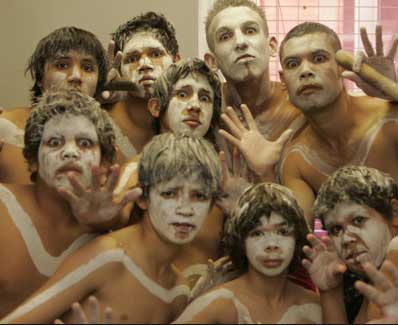 Evidence of the presence of the Wiradjuri people is common along the Macquarie and Lachlan Rivers in the northern half of the bioregion, but less so along the Murrumbidgee in the south, even though the Wiradjuri people lived on both sides of the Murrumbidgee. Surviving carved trees are numerous in the northern part of the traditional Wiradjuri range, whereas there are only 3 of these surviving near the Murrumbidgee . The reason for this is not clear, although the original presence of such carved trees is not necessarily indicated by their present-day distribution.
Evidence of the presence of the Wiradjuri people is common along the Macquarie and Lachlan Rivers in the northern half of the bioregion, but less so along the Murrumbidgee in the south, even though the Wiradjuri people lived on both sides of the Murrumbidgee. Surviving carved trees are numerous in the northern part of the traditional Wiradjuri range, whereas there are only 3 of these surviving near the Murrumbidgee . The reason for this is not clear, although the original presence of such carved trees is not necessarily indicated by their present-day distribution.
The Wiradjuri people generally moved around in small groups, using the river flats, open land and waterways with some regularity through the seasons as indicated by debris that has accumulated in these areas.
Clashes between the new European settlers and the local Aboriginal people were common around the Murrumbidgee and even further north, particularly between 1839 and 1841. These violent incidents have been termed the 'Wiradjuri wars' and involved removal of cattle and spearing of stockmen by the Wiradjuri people in response to killing of their people as well as loss of their fishing grounds and significant sites following invasion by the new settlers.
Settlers' concerns about the dangers of the Aboriginal people subsided during the 1840s as did the independence of the Wiradjuri people. By the 1850s, although corroborees were still being held on the hills surrounding Mudgee, the culture of the local Aborigines had been vitiated by disease, alcohol and mass European influx during gold rush periods.
Despite their tragic recent past, the identity of the Wiradjuri people of the South Western Slopes Bioregion remains robust to the present day, a high degree of marriage within the Wiradjuri community contributing to this strength of identity. Throughout the bioregion, the major Wiradjuri groups currently live in Condobolin, Peak Hill, Narrandera and Griffith, with significant populations at Wagga Wagga and Leeton and smaller groups at West Wyalong, Parkes, Forbes, Cootamundra and Young.

